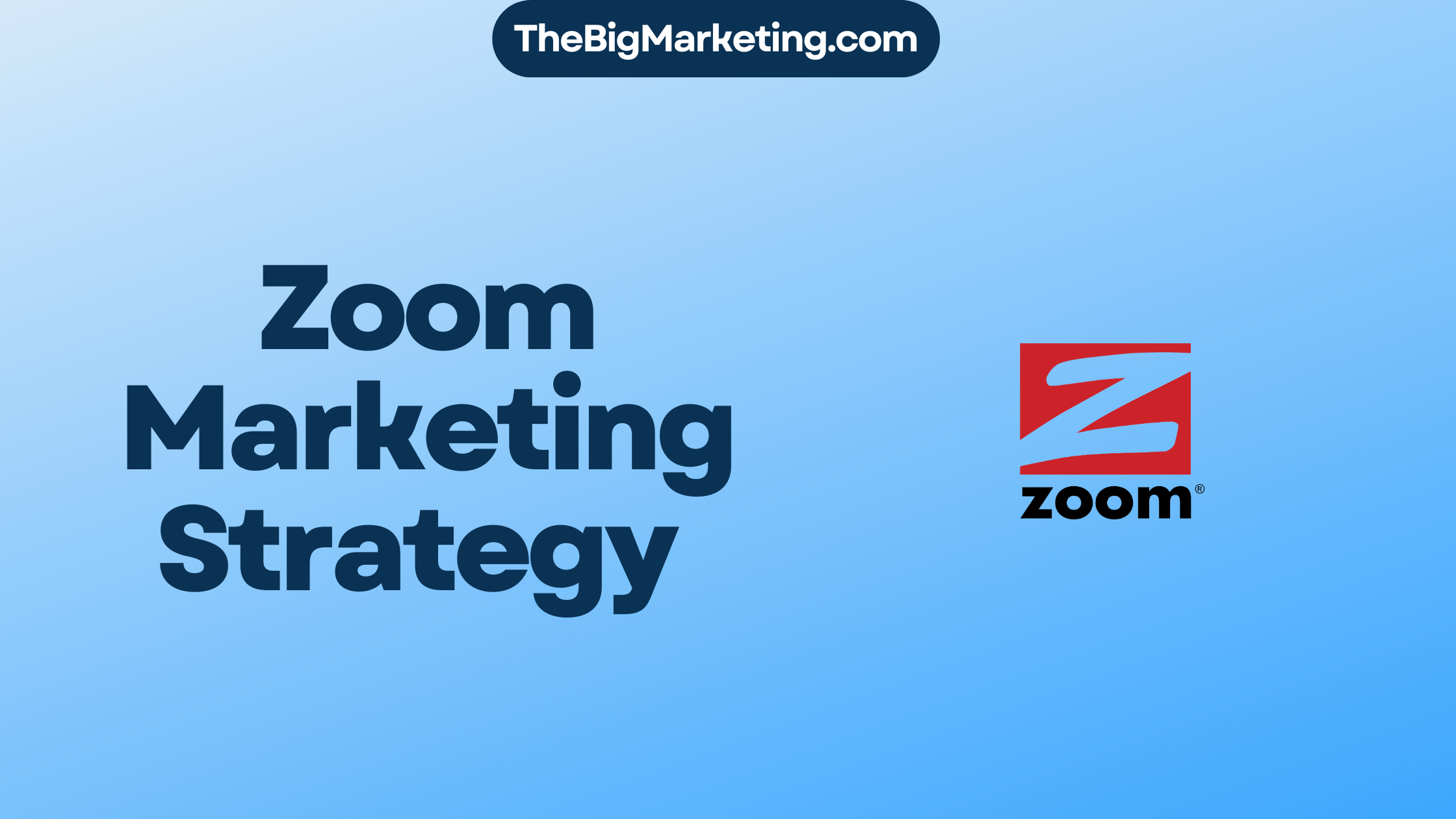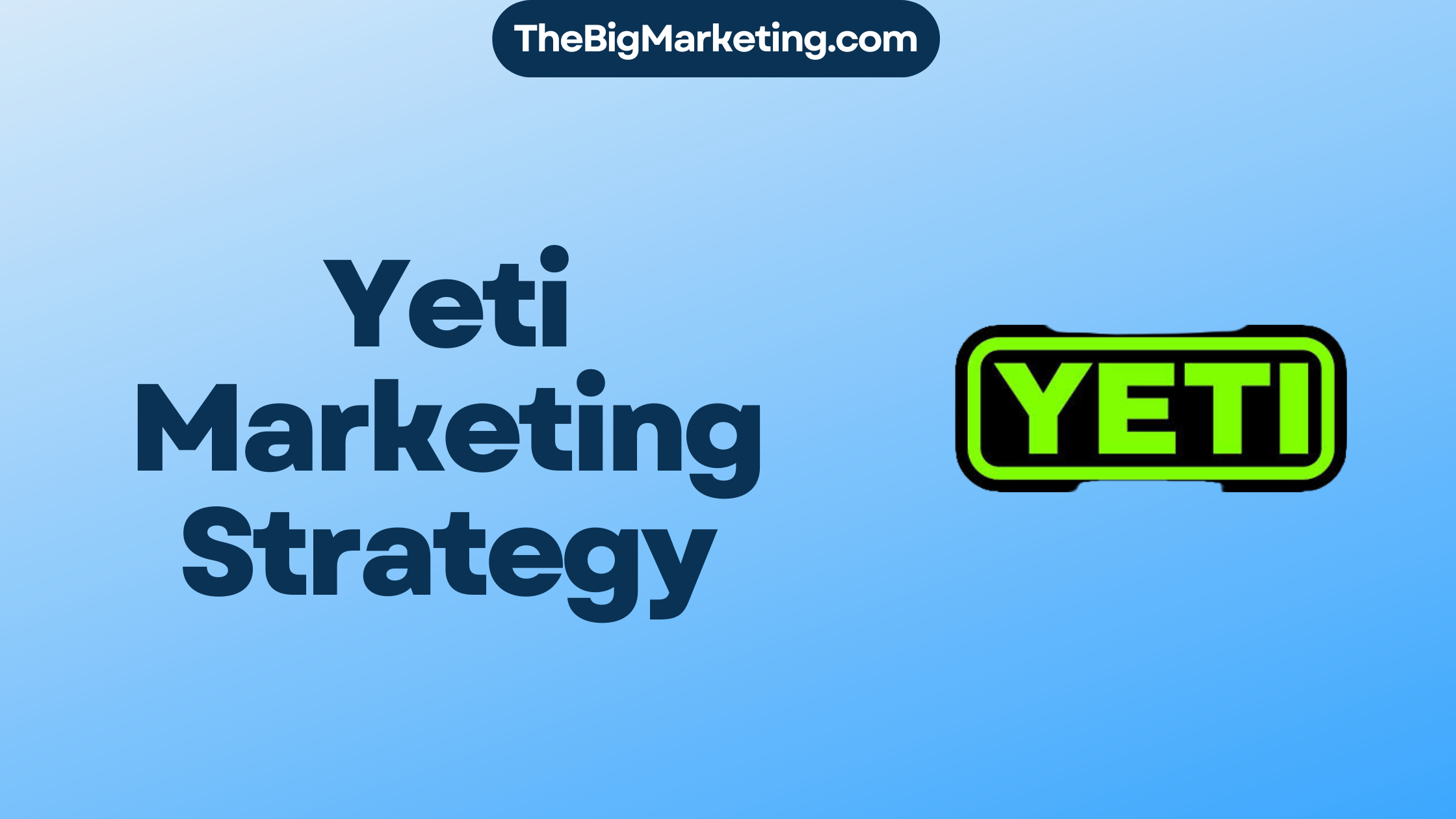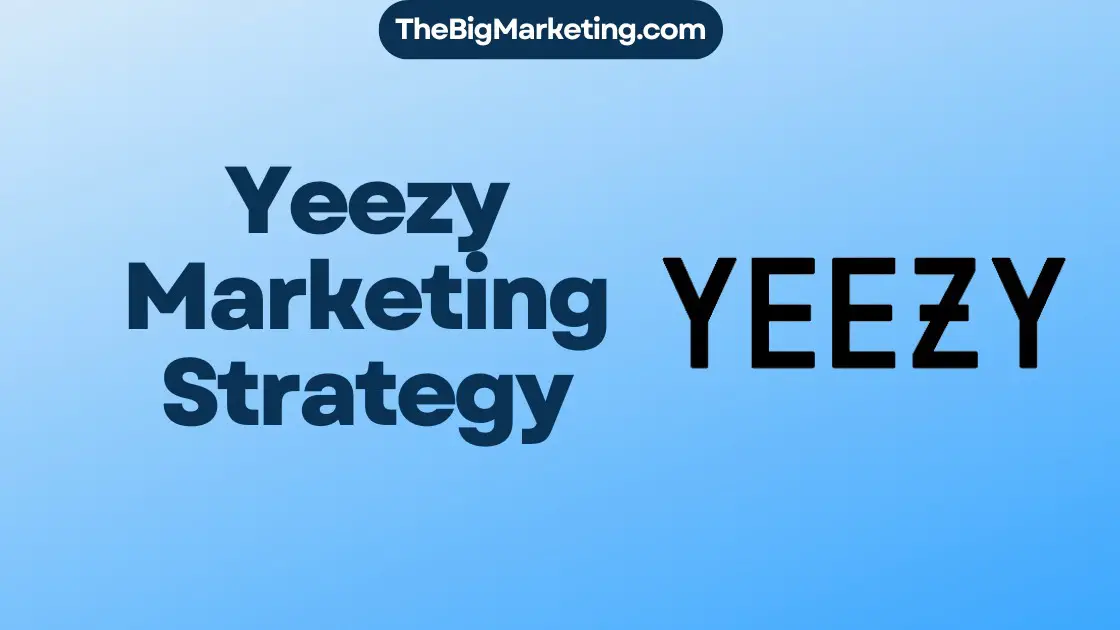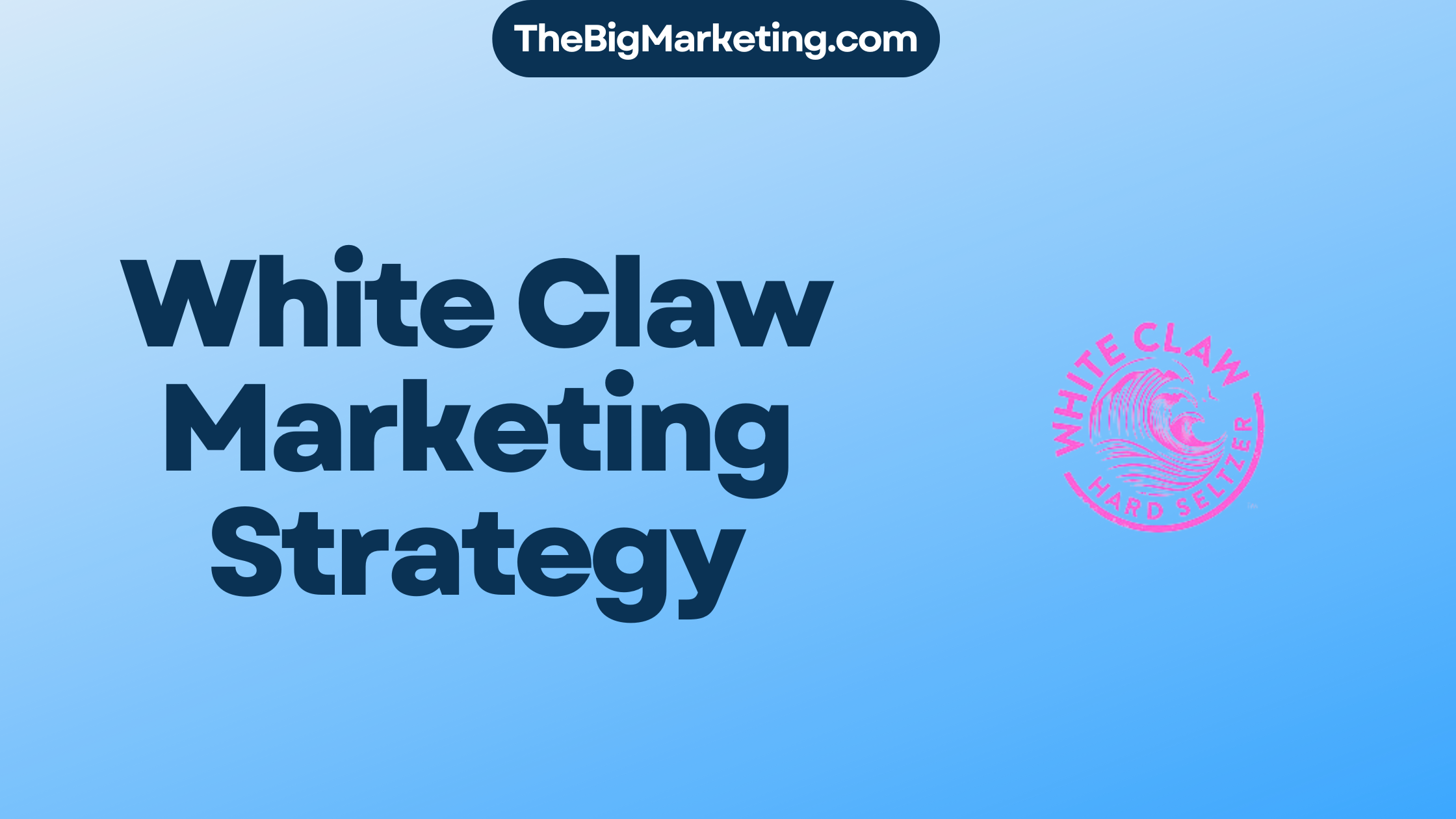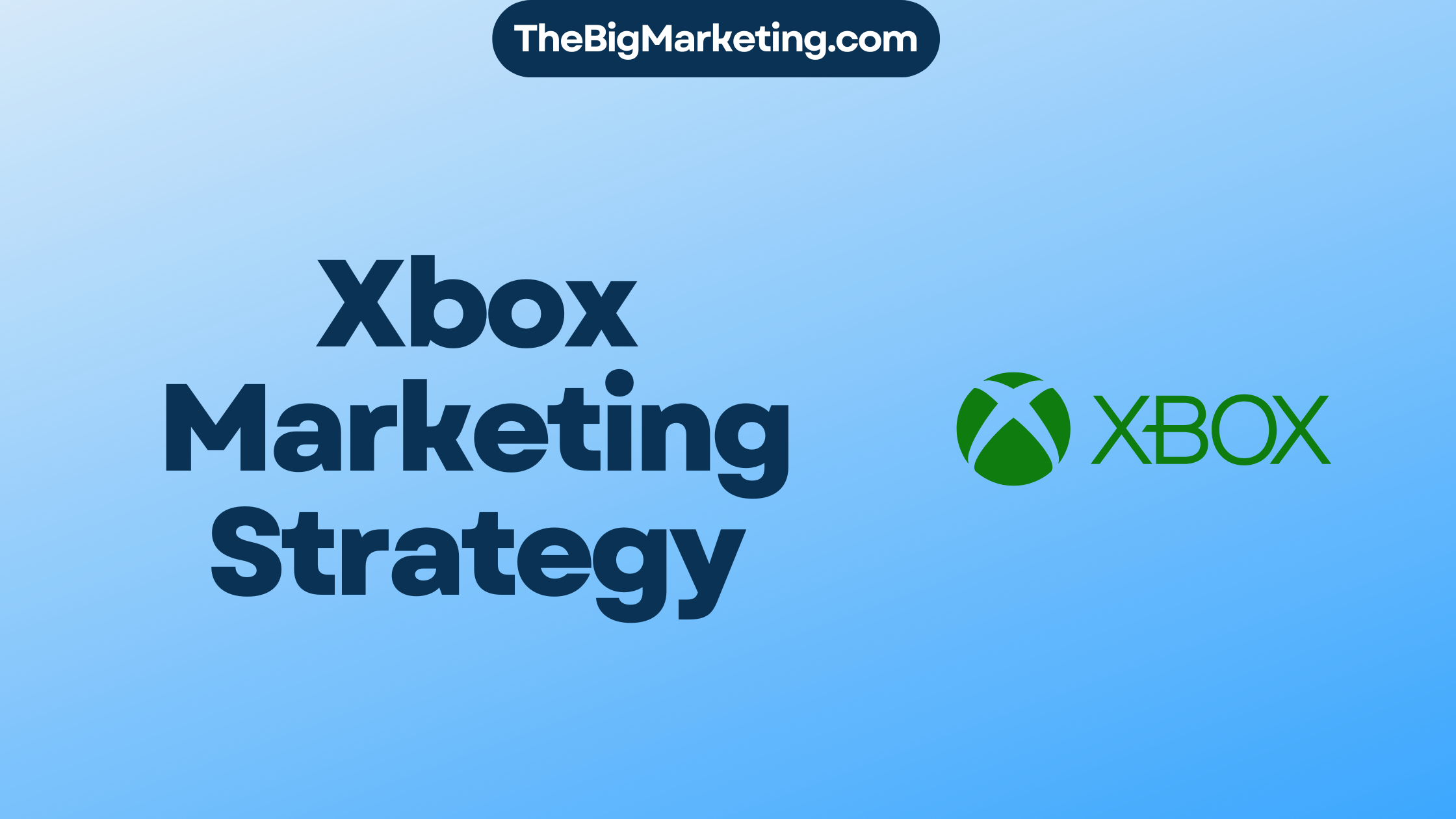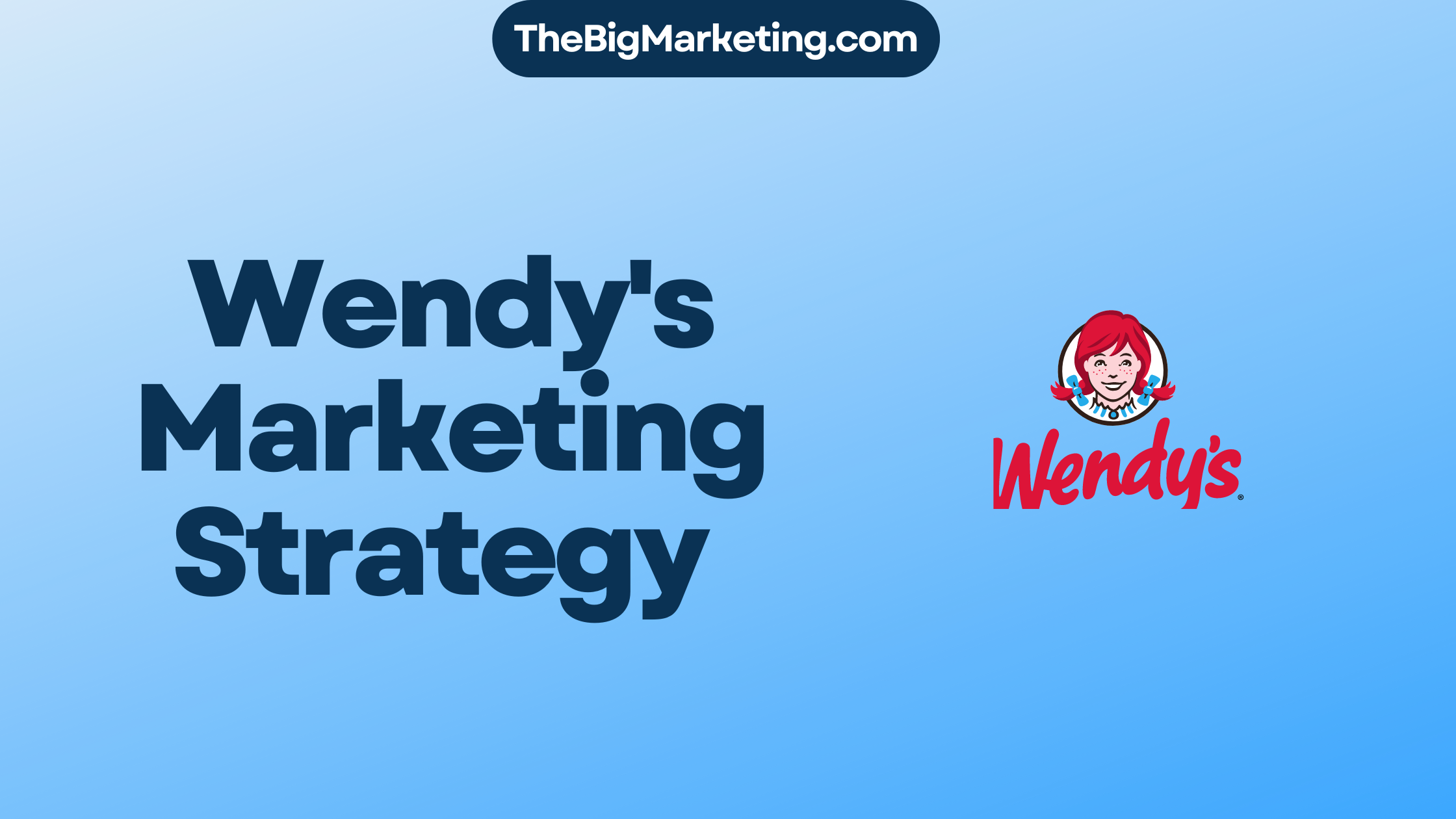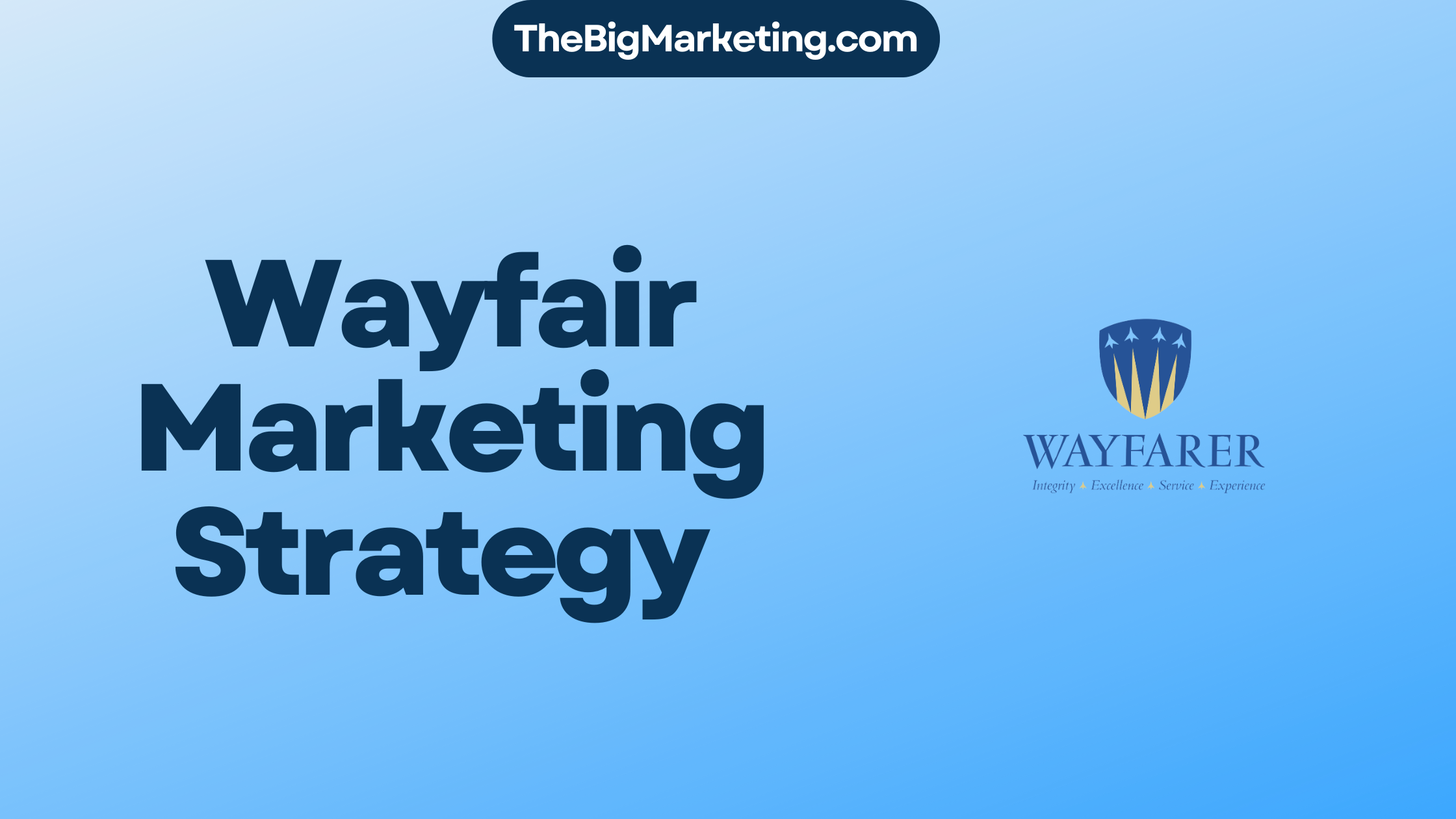Dior, the renowned luxury fashion brand, has implemented a highly effective marketing strategy for 2024. Through a combination of innovative campaigns, strategic brand positioning, and digital marketing tactics, Dior has successfully established itself as a leader in the industry, captivating the attention of affluent consumers worldwide.
By leveraging its unique brand identity and heritage, Dior has crafted engaging marketing campaigns that resonate with its target audience. Through meticulous brand building strategies and effective marketing techniques, Dior has cemented its reputation as a symbol of elegance, sophistication, and exclusivity.
Digital marketing has played a crucial role in Dior’s success. By embracing the power of technology, Dior has effectively promoted its products through various channels, including social media, online advertising, and immersive experiences.
In this case study, we will explore Dior’s marketing strategy for 2024 in detail, delving into their creative campaigns, successful marketing tactics, and the impact of digital marketing on their brand positioning in the luxury fashion industry.
Key Takeaways:
- Dior’s marketing strategy for 2024 has positioned the brand as a leader in the luxury fashion industry.
- Effective brand positioning and strategic brand building strategies have contributed to Dior’s success.
- Digital marketing plays a crucial role in Dior’s marketing efforts, encompassing various channels and immersive experiences.
- Dior’s marketing campaigns effectively capture the attention of affluent consumers and solidify the brand’s reputation.
- Dior’s success serves as a benchmark for luxury brands looking to implement innovative and effective marketing strategies.
Evolution of AR Marketing
AR marketing, also known as augmented reality marketing, has experienced substantial growth and evolution in recent years. This innovative marketing approach utilizes AR technology to create interactive and immersive experiences for consumers. By blending the virtual and physical worlds, AR marketing offers unique opportunities for brands to engage and connect with their target audience.
The expansion of the AR marketing ecosystem can be attributed to the development of various sub-sectors, including industrial AR, consumer VR, and AR shopping. Industrial AR applications have transformed sectors such as manufacturing and healthcare by enabling workers to visualize and interact with digital information overlayed onto their physical environment. On the other hand, consumer VR has paved the way for immersive virtual experiences, while AR shopping has revolutionized the retail industry by providing customers with the ability to try-on products virtually.
The immense potential of AR marketing is evident in its projected growth. According to ARtillery Intelligence, the AR marketing industry is anticipated to reach a value of $9.85 billion by 2026, a significant increase from $2.78 billion in 2023. This growth can be attributed to the rising recognition among brand advertisers of the effectiveness and performance metrics delivered by AR marketing campaigns.
In AR marketing, the creation tools play a vital role in shaping the content and user experience. These tools enable marketers to develop immersive AR experiences that captivate consumers and drive engagement. With the advancement of AR creation tools, brands can easily create and deploy AR campaigns without requiring extensive technical expertise.
Ad placement is another critical aspect of AR marketing. Brands must carefully consider the platforms and channels where their AR content will be showcased. This strategic decision can significantly impact the reach and effectiveness of an AR marketing campaign. Platforms like Snapchat, Instagram, and Facebook provide ample opportunities for brands to leverage AR and connect with their target audience.
AR marketing is a rapidly growing field that offers exciting possibilities for brands to create memorable and immersive experiences. The continuous advancements in AR creation tools and the expanding AR marketing ecosystem indicate a promising future for this innovative marketing approach. As more brands recognize the potential of AR marketing, we can expect to see even more creative and impactful AR campaigns in the years to come.
Dior’s AR Marketing Case Study
Dior’s innovative use of augmented reality (AR) marketing was showcased in a successful campaign to generate excitement around its B27 sneakers. Collaborating with Snap, Dior introduced an engaging AR try-on experience for users, allowing them to virtually try on six different variations of the sneakers.
The centerpiece of the campaign was Dior’s partnership with Snapchat Lens Carousel, where the AR lens was prominently featured, attracting a wide audience and driving user engagement. By leveraging the popularity and reach of Snapchat, Dior was able to effectively promote the AR try-on experience and capture the attention of its target customers.
To further amplify the impact of the campaign, Dior utilized Snap’s Ads to AR format. This involved showcasing models wearing the B27 sneakers through the lens, creating an immersive and aspirational experience for users. By combining the AR try-on experience with the allure of runway models, Dior effectively communicated the appeal and desirability of the sneakers to its audience.
Through these strategic initiatives, Dior achieved impressive results. The campaign delivered a 6.2x return on ad spend, indicating the effectiveness of AR marketing in driving conversions and sales. Additionally, Dior’s Business Profile on Snapchat garnered 2.3 million views, further increasing brand visibility and reach.
This case study exemplifies the power of incorporating AR into marketing strategies, particularly in the fashion industry. By providing users with an interactive and personalized try-on experience, Dior successfully captured their interest and guided them towards making an instant purchase. The campaign’s success demonstrates the potential for AR marketing to enhance brand awareness, engage customers, and drive favorable returns.
Key Highlights of Dior’s AR Marketing Case Study:
- AR try-on experience for Dior B27 sneakers
- Promoted in Snapchat Lens Carousel
- Utilized Snap’s Ads to AR format
- Achieved a 6.2x return on ad spend
- 2.3 million views through Dior’s Business Profile on Snapchat
Importance of Distribution Points in AR Marketing
Dior’s AR marketing campaign demonstrated the crucial role of reaching users through multiple distribution points. By employing various AR formats and leveraging amplification options on platforms like Snapchat, Dior achieved a cascading effect that maximized user engagement. This wide net approach allowed Dior to meet users where they are and ensure optimal distribution of AR content.
One of the key aspects of successful AR marketing is identifying the optimal distribution points. These are platforms and channels where the target audience is most likely to engage with AR experiences. By strategically selecting distribution points, brands can increase their reach and target specific user entry points, enhancing the effectiveness of their AR campaigns.
Dior’s AR marketing campaign utilized Snapchat as a distribution channel, taking advantage of its vast user base and AR-focused features. Snapchat’s Lens Carousel, which showcases various AR lenses, served as an ideal entry point for users to discover and engage with Dior’s AR content. This enabled Dior to capture the attention of a wide audience and encourage them to explore the AR try-on experience for the B27 sneakers.
Distribution Points:
| Distribution Point | Benefits |
|---|---|
| Social Media Platforms | Wide reach, potential for viral sharing |
| Brand Website/App | Direct engagement with existing customers |
| AR-specific Apps | Targeted audience interested in AR experiences |
| Partner Platforms | Leverage partner brands’ reach and audience |
Choosing the right distribution points is crucial for AR marketing success. Social media platforms like Snapchat, Instagram, and Facebook offer wide user bases and engagement features, making them ideal for reaching a broad audience. Brand websites and apps provide a direct channel for engaging with existing customers, promoting brand loyalty, and driving conversions.
AR-specific apps, such as those focused on gaming or entertainment, attract users specifically interested in AR experiences. Collaborating with partner platforms or co-branding with other brands can also expand the reach and impact of AR campaigns by leveraging partner brands’ existing audiences.
By utilizing a diverse range of distribution points, brands can cast a wide net and ensure that AR content reaches users through their preferred entry points. This multi-channel approach maximizes the potential impact of AR marketing campaigns, enhancing brand visibility and driving user engagement.
Christian Dior Couture: House of Talents
Christian Dior Couture is a fashion house that embodies the vision and heritage of its founder, Christian Dior. With a rich French heritage and vibrant culture, the brand is deeply rooted in its roots. Christian Dior Couture showcases its commitment to excellence through its unique Savoir-faire and dedication to “metiers d’art,” the traditional and artisanal craftsmanship that creates exceptional pieces.
At Christian Dior Couture, creativity thrives, and sustainable growth is at the forefront of their operations. With over 8,000 talented individuals, the fashion house fosters a positive and authentic environment, nurturing the creative talents that shape the future of the brand. Whether it’s designing exquisite haute couture garments, crafting luxurious accessories, or developing innovative marketing campaigns, Christian Dior Couture’s team of highly skilled professionals embraces their craft with passion and dedication.
| French Heritage | Sustainable Growth | Creative Talents |
|---|---|---|
| Christian Dior Couture’s French heritage is deeply rooted in the brand’s DNA, influencing its design aesthetic and storytelling. | The fashion house embraces sustainable growth, fostering a responsible approach towards environmental and social impacts. | With over 8,000 talented individuals, Christian Dior Couture celebrates and nurtures the creative talents that shape the brand’s future. |
| The traditional and artisanal craftsmanship of “metiers d’art” is a testament to the brand’s commitment to preserving and promoting exceptional craftsmanship. | By implementing sustainable practices, Christian Dior Couture ensures a responsible and ethical approach to fashion production. | From designers to artisans, each creative talent at Christian Dior Couture contributes to the brand’s legacy of innovation and artistic expression. |
Christian Dior Couture’s dedication to its heritage, sustainable growth, and nurturing of creative talents sets it apart in the fashion industry. By combining French savoir-faire, artistic innovation, and a commitment to sustainability, the fashion house continues to shape the future of luxury fashion.
Advanced Membership with Vogue Business
For fashion industry professionals seeking comprehensive insights and analysis, Vogue Business offers an Advanced Membership package with exclusive benefits. This membership provides unlimited access to the latest fashion industry insights, including The Long View, a collection of in-depth articles such as the Vogue Business Index. Advanced members also receive bi-monthly Market Insights Reports, offering valuable market trends and analysis.
As an advanced member, you gain access to exclusive webinars, allowing you to stay up-to-date with the latest industry developments and learn from industry experts. This membership is designed to provide advanced professionals with the tools and resources they need to make informed decisions and stay ahead in the competitive fashion industry.
Take advantage of Vogue Business’s Advanced Membership benefits to gain a competitive edge and unlock valuable insights into the ever-changing fashion landscape.
Key Lessons from Dior’s AR Marketing Campaign
Dior’s AR marketing campaign serves as a valuable case study for other brands, providing important lessons and insights into effective AR marketing strategies. The success of the campaign can be attributed to its focus on user engagement and brand awareness, key pillars of any successful marketing strategy.
Lesson 1: User Engagement
One of the primary reasons for the success of Dior’s AR marketing campaign was its ability to engage users effectively. By leveraging various AR formats, such as Snapchat lenses and try-on experiences, Dior created an interactive and immersive brand experience for its audience. This not only captured users’ attention but also allowed them to engage with the brand in a meaningful way, ultimately leading to increased brand affinity and customer loyalty.
Lesson 2: Brand Awareness
Dior’s AR marketing campaign was highly effective in increasing brand awareness. By strategically utilizing distribution points, such as the Snapchat Lens Carousel, Dior maximized its reach and exposure to a wide audience. This resulted in heightened brand visibility and recognition, ultimately strengthening Dior’s position in the market and attracting new customers.
Additionally, Dior’s campaign showcased the potential of AR in creating memorable and shareable experiences. By offering users the opportunity to try on its B27 sneakers virtually, Dior not only drove engagement but also encouraged users to share their experiences on social media platforms, thereby organically expanding the brand’s reach and enhancing brand visibility.
Lesson 3: Return on Investment (ROI)
The success of Dior’s AR marketing campaign is further exemplified by its significant return on investment. By incorporating AR into its marketing strategy, Dior was able to achieve impressive results in terms of brand visibility, user engagement, and ultimately, sales. The campaign’s 6.2x return on ad spend demonstrates the effectiveness of AR marketing in driving tangible business outcomes and highlights the value of adopting innovative technologies in marketing efforts.
The Future of AR Marketing in the Fashion Industry
AR marketing is poised to revolutionize the fashion industry in the coming years, offering exciting opportunities for brands to engage with consumers in innovative ways. According to projections by ARtillery Intelligence, the industry is expected to experience significant growth, reaching $9.85 billion by 2026. This growth can be attributed to the increasing demand for immersive shopping experiences and the advancement of AR technologies.
By leveraging AR, fashion brands can create interactive and personalized experiences for customers, allowing them to visualize products in their own space. This not only enhances the overall shopping journey but also offers a unique and memorable way for consumers to engage with brands. From trying on virtual clothing to virtually placing furniture in their homes, AR technology bridges the gap between online and offline shopping, providing customers with a seamless shopping experience.
One example of AR’s potential in the fashion industry is its ability to address the challenges of online shopping, such as the inability to try on clothes or visualize how they would look. With AR, customers can virtually try on outfits, experimenting with different styles, sizes, and colors, eliminating the need for returns and enhancing user satisfaction.
Brands can also leverage AR to create virtual fashion shows, allowing consumers to virtually attend and interact with runway events from the comfort of their own homes. This not only widens the reach of fashion shows but also provides an immersive experience that fosters stronger connections between brands and their audience.
Furthermore, AR marketing offers valuable data insights to brands, enabling them to understand customer preferences, behaviors, and trends. This data can inform future product development, marketing strategies, and customer engagement initiatives, ultimately driving customer loyalty and brand success.
In conclusion, the future of AR marketing in the fashion industry is promising. As AR technologies continue to evolve and become more accessible, brands have the opportunity to create immersive shopping experiences that revolutionize the way consumers interact with fashion. By leveraging AR’s potential, brands can enhance customer engagement, drive sales, and position themselves as innovators in the ever-changing fashion landscape.
The Power of Innovative Marketing Techniques for Luxury Brands
Luxury brands like Dior have the opportunity to stand out from the competition by implementing innovative marketing techniques. In the fast-paced and ever-evolving fashion industry, staying ahead of trends and leveraging digital marketing strategies is crucial for success.
By embracing new technologies and approaches, luxury brands can captivate their target audience and maintain a competitive edge in the market. From immersive brand experiences to personalized marketing campaigns, the possibilities are endless.
Current Fashion Industry Trends
- Incorporating sustainability and ethical practices in marketing initiatives
- Creating meaningful connections with consumers through storytelling
- Engaging with influencers and brand ambassadors to reach wider audiences
- Utilizing social media platforms and digital channels for brand promotion
Digital Marketing Strategies for Luxury Brands
- Implementing targeted advertising campaigns to reach specific demographics
- Utilizing social media algorithms to optimize content visibility
- Investing in search engine optimization (SEO) for increased online visibility
- Using data analytics to understand consumer behavior and refine marketing approaches
With the right innovative marketing techniques and strategies, luxury brands can not only attract new customers but also reinforce their brand identity and maintain a loyal customer base.
| Benefits of Innovative Marketing | Examples |
|---|---|
| Increased brand visibility and awareness | Collaborating with renowned artists and designers for unique brand collaborations |
| Enhanced customer engagement and interaction | Creating interactive, AR-powered experiences for customers to try products virtually |
| Improved brand reputation and differentiation | Partnering with sustainable initiatives and providing transparent information about sourcing and production |
Innovative marketing techniques provide luxury brands with a platform to showcase their unique offerings and position themselves as industry leaders. By staying abreast of industry trends and utilizing digital marketing strategies effectively, luxury brands can build strong connections with their target audience and drive sustainable growth.
Embracing Creativity in Luxury Fashion Advertising
Luxury fashion advertising is an art form that goes beyond showcasing products; it is about creating a captivating narrative that resonates with consumers. To capture their attention and make a lasting impression, luxury brands must focus on creativity, storytelling through visuals, and establishing emotional connections.
Visual elements play a crucial role in luxury fashion advertising, as they allow brands to showcase their unique aesthetic and capture the essence of their identity. From stunning photography to carefully curated videos, visuals serve as a powerful tool for conveying the brand’s message and evoking emotions.
To tell a compelling story through luxury fashion advertising, brands need to go beyond showcasing products. They should create narratives that are relatable, aspirational, and emotionally engaging. By telling stories that resonate with consumers’ desires, dreams, and aspirations, luxury brands can forge a deeper connection with their target audience.
One of the key strengths of luxury fashion advertising is its ability to evoke emotions. By leveraging visuals and storytelling techniques, brands can tap into consumers’ desires for exclusivity, sophistication, and aspiration. Emotionally charged campaigns that evoke joy, excitement, or even nostalgia leave a lasting impression on consumers and reinforce the brand’s image.
A notable example of luxury fashion advertising that embraces creativity and storytelling is the iconic Chanel No. 5 campaign featuring actress Audrey Tautou. The campaign weaves a romantic tale that captures the essence of the fragrance and transports viewers into a world of elegance and sophistication.
Through visually stunning campaigns and captivating narratives, luxury fashion advertising creates a sense of desire and exclusivity. It goes beyond selling products; it sells an experience and a lifestyle. By embracing creativity, brands can set themselves apart and leave a lasting impression on their target audience.
| Campaign | Brand | Description |
|---|---|---|
| Burberry’s “Art of the Trench” | Burberry | This campaign invited users to upload photos of themselves wearing Burberry trench coats, creating a sense of community and showcasing the versatility of the iconic garment. |
| Louis Vuitton’s “Series 3” | Louis Vuitton | This immersive exhibition featured interactive installations and multimedia experiences, offering visitors a behind-the-scenes look into the brand’s creative process. |
| Gucci’s “The Myth of Orpheus and Eurydice” | Gucci | This campaign drew inspiration from classical mythology, blending fashion, art, and music to create a visually striking and captivating narrative. |
Building a Strong Brand Positioning in the Luxury Market
Building a strong brand positioning is crucial for luxury brands to succeed in the competitive market. Brands like Dior understand the significance of establishing a unique brand identity and differentiating themselves from their competitors. By creating a strong brand identity, luxury brands can attract affluent consumers and cultivate long-term brand loyalty.
One of the key factors in building a strong brand positioning is brand identity. Luxury brands need to carefully craft their brand image, incorporating elements that resonate with their target audience. This includes creating a distinct brand personality, defining brand values, and delivering a consistent brand experience across all touchpoints.
Another important aspect of brand positioning is brand equity. Luxury brands need to demonstrate their value and worth in the minds of consumers. This can be achieved by consistently delivering high-quality products, offering exceptional customer service, and leveraging brand partnerships and collaborations that enhance the brand’s perception.
Furthermore, brand reputation plays a significant role in brand positioning. Luxury brands must maintain a positive reputation by upholding ethical business practices, delivering on brand promises, and engaging in social responsibility initiatives. A strong brand reputation not only attracts affluent consumers but also builds trust and credibility in the market.
By focusing on luxury brand positioning, brand identity, brand equity, and brand reputation, luxury brands like Dior can establish themselves as leaders in the industry and create a strong and enduring brand presence.
Conclusion
The success of Dior’s marketing strategy for 2024 reaffirms the importance of innovative and creative campaigns in the luxury fashion industry. By embracing AR marketing and leveraging new technologies, Dior has positioned itself as a leader in the market and achieved remarkable results. The brand’s focus on user engagement, brand awareness, and distribution points has set a benchmark for other luxury brands looking to elevate their marketing strategies.
Through its AR marketing campaign, Dior demonstrated the power of immersive experiences in driving customer engagement and sales. By allowing users to try on their B27 sneakers through Snapchat’s AR lens, Dior created a unique and interactive shopping experience. This not only generated buzz and excitement but also increased brand visibility and customer interest.
The success of Dior’s marketing campaigns is a testament to their ability to captivate their target audience and build brand loyalty. By continuously pushing boundaries and embracing new technologies, Dior has established itself as a luxury brand that understands the importance of staying ahead of trends in the ever-evolving fashion industry. With a strong brand positioning and a commitment to creativity and innovation, Dior is well-equipped to navigate the future of luxury fashion marketing.
FAQ
What is Dior’s marketing strategy for 2024?
Dior’s marketing strategy for 2024 focuses on innovative campaigns and digital marketing techniques to position the luxury brand as a leader in the fashion industry.
How is AR marketing evolving?
AR marketing is evolving through sub-sectors such as industrial AR, consumer VR, and AR shopping, which are contributing to the expansion of the AR marketing ecosystem.
Can you provide details about Dior’s AR marketing case study?
Dior implemented an AR marketing campaign for its B27 sneakers, collaborating with Snap to launch a lens that allowed users to try on different variations of the sneaker. The campaign achieved a 6.2x return on ad spend and garnered 2.3 million views through Dior’s Business Profile on Snapchat.
How important are distribution points in AR marketing?
Distribution points play a crucial role in AR marketing, and Dior’s campaign highlighted the significance of reaching users through multiple channels. By utilizing various AR formats and amplification options on Snapchat, Dior maximized user engagement and brand visibility.
What defines Christian Dior Couture?
Christian Dior Couture embodies the French heritage and vibrant culture of its founder. Known for its commitment to “metiers d’art” and craftsmanship, Christian Dior Couture fosters an environment that shapes the future of its creative talents.
What benefits does the Advanced Membership with Vogue Business offer?
Vogue Business’ Advanced Membership offers subscribers unlimited access to insights on the fashion industry, including in-depth articles like the Vogue Business Index, bi-monthly Market Insights Reports, and exclusive webinars, providing valuable information for industry professionals.
What are some key lessons from Dior’s AR marketing campaign?
Dior’s AR marketing campaign emphasizes the importance of user engagement and brand awareness. By leveraging various AR formats and distribution points, Dior achieved a significant return on investment and increased brand visibility, providing valuable lessons for other brands.
What is the future of AR marketing in the fashion industry?
According to projections by ARtillery Intelligence, the AR marketing industry is expected to grow significantly by 2026. Brands can leverage AR to create immersive shopping experiences and enhance the overall customer journey, driving engagement and satisfaction.
How can luxury brands differentiate themselves through innovative marketing techniques?
Luxury brands can differentiate themselves by implementing innovative marketing techniques and staying ahead of industry trends. By embracing new technologies and leveraging digital marketing strategies, luxury brands like Dior can captivate their target audience and maintain a competitive edge.
What is the importance of creativity in luxury fashion advertising?
Luxury fashion advertising requires a strong focus on creativity and storytelling. Visual elements play a crucial role in capturing the essence of a brand and creating emotional connections with consumers. Innovative and visually stunning campaigns can reinforce the brand’s image of exclusivity and sophistication.
How important is building a strong brand positioning in the luxury market?
Building a strong brand positioning is vital for luxury brands like Dior. It involves carefully crafting a brand identity that differentiates the brand from competitors and establishing a positive brand reputation. This helps attract affluent consumers and cultivate long-term brand loyalty.
